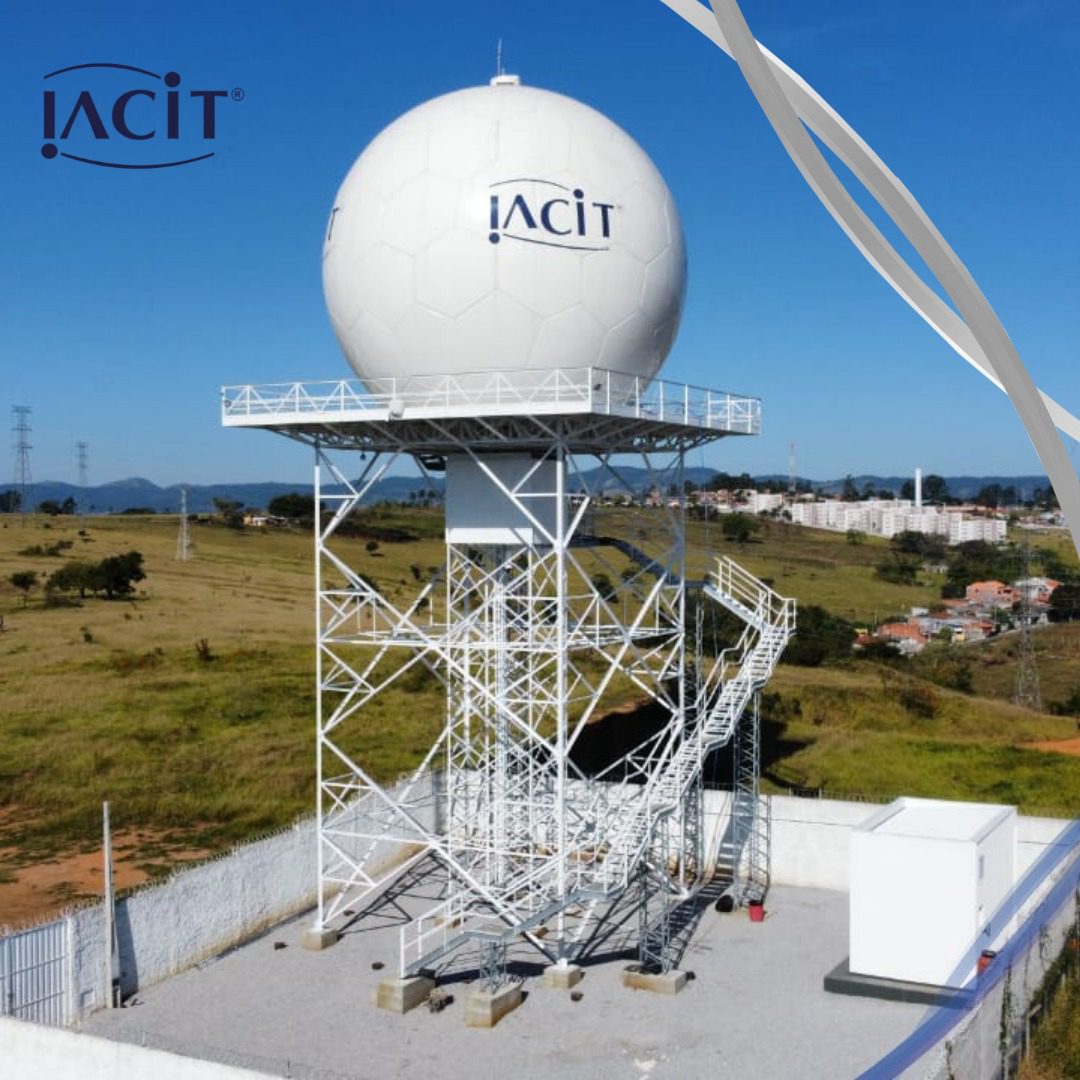Increasingly extreme weather phenomena, fueled by climate change have caused an increase in natural disasters in the last 50 years. The information is from the World Meteorological Organization (WMO), released in the 2021 report conducted in conjunction with the United Nations Office for Disaster Risk Reduction (UNDRR).
Entitled “Atlas of Mortality and Economic Losses from Extremes of Weather, Climate and Water,” the WMO document shows that from 1970 to 2019, natural disasters equaled 50% of all disasters, 45% of all reported deaths in the period, and 74% of all economic losses.
In Brazil, at various periods, many metropolises also suffer the consequences of storms. In the north the main rainy season is from March to May, in the south and southeast the rains occur mainly during the period from December to February and in the east the rainy season is from May to July. In Sao Jose dos Campos interior of Sao Paulo, a technology called Meteorological Radar RMT 0200 has been playing a very important role for the prevention of catastrophes.
Developed and produced by the company IACIT Soluções Tecnológicas S.A, the Radar RMT 0200 of RMT 0200 Radar is a state-of-the-art system and the only one in Brazil to employ such technology for the detection of meteorological phenomena at long distances, being possible to monitor a radius of up to 400 kilometers, with the prediction of intense phenomena intense phenomena that can cause natural disasters. It has a transceiver based on Software Defined Radio (SDR) technology and uses the nonlinear modulation technique (NLFM).
The instruments that are installed (as in the case of weather stations, or rain gauges) they indicate the amount of precipitation that has occurred, among other variables. The Weather Radar (as in the case of RMT), it provides the operator to do monitoring of the rain cell, even before it precipitates, explains the meteorologist explains Raniele Pinheiro, meteorologist at IACIT.
The radar information, added to information from rain gauges, hydrological stations and geotechnical sensors, in addition to other instruments installed in risk areas, assist in the monitoring of the regions of Vale do Paraíba, Litoral Norte, metropolitan regions of São Paulo and Paulo and Campinas metropolitan regions and some cities in the south of the state of Rio de Janeiro and Minas Gerais.
With a 400-kilometer radius coverage area, the information generated by the radar, combined with other data sources, allows Cemaden to increase its disaster prevention capacity and issue early warnings to the cities.
The advanced technology of the RMT 0200 Weather Radar, manufactured by IACIT, brings as possibilities the application of this system in other areas such as supporting air traffic control, collaborating with agriculture, contributing to national technological autonomy and safeguard lives.
“The product also finds application in air traffic control and management. It supports, for example, the flight controller in suggesting route deviation for an aircraft and in flow management. If you have a system in formation in a certain area, it can redirect the flow and, therefore, mitigate the risk for the aircraft”, says the Director of Marketing and Sales of IACIT, Gustavo Hissi.
According to Gustavo, Radar can also be used in agriculture. “When you apply a defensive, it needs time to act. If it rains soon after, a large investment is lost, since the investment, since the application of pesticides has a high cost. Radar can also be applied in research also, supporting the scientific community in the understanding of atmospheric atmospheric phenomena”, exemplified the director of IACIT.
Gustavo also highlighted the opportunities in the foreign market. “IACIT has a strong performance in the in the international market, looking mainly to the Latin American, African and Asian markets, where Africa and Asia, where the use of weather radar has a very large adherence”.
The RMT 200 radar is installed in the Technology Park of São José dos Campos, at the headquarters of the National Center for Monitoring and Early Warning of Natural Disasters (Cemaden), a research unit under the Ministry of Science, Technology and Innovations (MCTI).
The Radar
The weather radar was developed by the company IACIT Soluções Tecnológicas S.A, in partnership with Cemaden.
The RMT 0200 is a dual-polarized solid-state “S-band” weather radar. It It can provide, for example, data on the formation of dense clouds that grow It can provide, for example, data on the formation of dense, fast-growing clouds that cause thunderstorms and monitors the size of water droplets and hail crystals. and hail crystals in these clouds.
With this information, it is possible to predict the volume, location, and timing of precipitation will occur.
*** Translated by the DEFCONPress FYI Team ***
